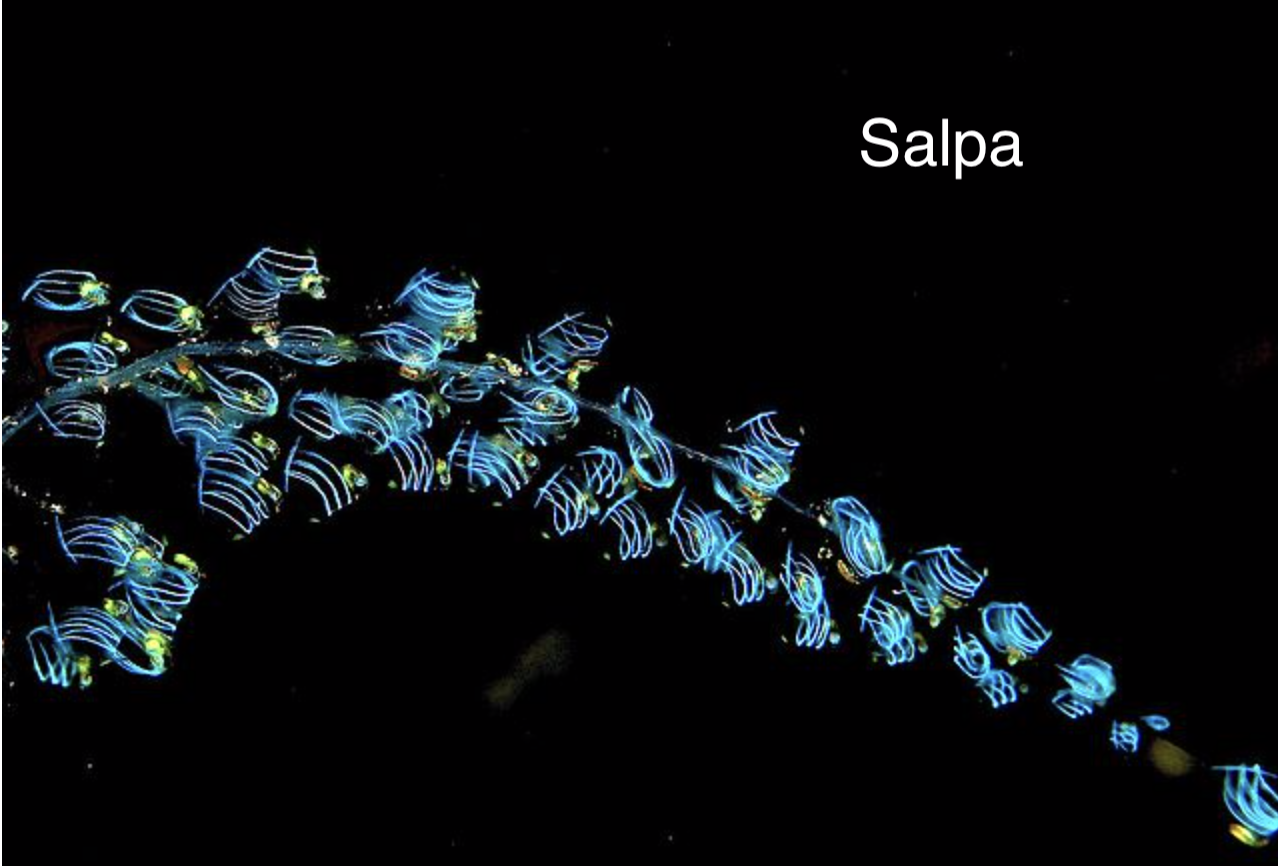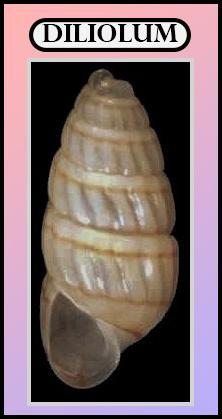
Sapla and Doliolum belongs to
(a) Hemichordata
(b) Cephalochordata
(c) Urochordata
(d) Protochordata
Answer
495k+ views
Hint: These organisms are part of the Chordata, a phylum which incorporates all animals with dorsal nerve cords and notochords. They show retrogressive metamorphosis. The nerve cord existing in the larva is replaced by a dorsal ganglion in adults.
Complete answer:
Sapla and Doliolum belong to Urochordata. Urochordata have dorsal nerve cords and notochords. The notochord is present only in the larval tail and is replaced by a dorsal ganglion in adults. Salpa is a barrel- shaped, planktonic tunicate. They move by contracting, thereby pumping water through its gelatinous body, one of the most efficient examples of jet propulsion in the animal kingdom. Doliolum is a genus of tunicates (a marine invertebrate animal), the members of which move via jet propulsion. They have dorsal nerve cords and notochords.

The other characteristics of Urochordata are:
- They are found in the marine environment.
- They are sessile and filter- feeders.
- The adults are fixed to the substratum.
- The larva can move and undergo metamorphosis.
- The body of an adult is surrounded inside a tunic made up of cellulose - like a substance known as tunicin.

- Notochord can be identified only in the larval stage and disappears in adults. The nerve cord existing in the larva is replaced by a dorsal ganglion in adults.
So, the correct answer is ‘Urochordata’.
Note: Urochordata is also known as tunicates. Some tunicates stay as solitary individuals, but others replicate by budding and become colonies. Salps are closely related to the tunicate groups Doliolida and Pyrosoma, as well as to other bottom- living tunicates.
Complete answer:
Sapla and Doliolum belong to Urochordata. Urochordata have dorsal nerve cords and notochords. The notochord is present only in the larval tail and is replaced by a dorsal ganglion in adults. Salpa is a barrel- shaped, planktonic tunicate. They move by contracting, thereby pumping water through its gelatinous body, one of the most efficient examples of jet propulsion in the animal kingdom. Doliolum is a genus of tunicates (a marine invertebrate animal), the members of which move via jet propulsion. They have dorsal nerve cords and notochords.

The other characteristics of Urochordata are:
- They are found in the marine environment.
- They are sessile and filter- feeders.
- The adults are fixed to the substratum.
- The larva can move and undergo metamorphosis.
- The body of an adult is surrounded inside a tunic made up of cellulose - like a substance known as tunicin.

- Notochord can be identified only in the larval stage and disappears in adults. The nerve cord existing in the larva is replaced by a dorsal ganglion in adults.
So, the correct answer is ‘Urochordata’.
Note: Urochordata is also known as tunicates. Some tunicates stay as solitary individuals, but others replicate by budding and become colonies. Salps are closely related to the tunicate groups Doliolida and Pyrosoma, as well as to other bottom- living tunicates.
Recently Updated Pages
Master Class 11 Economics: Engaging Questions & Answers for Success

Master Class 11 Business Studies: Engaging Questions & Answers for Success

Master Class 11 Accountancy: Engaging Questions & Answers for Success

Master Class 11 English: Engaging Questions & Answers for Success

Master Class 11 Computer Science: Engaging Questions & Answers for Success

Master Class 11 Maths: Engaging Questions & Answers for Success

Trending doubts
Which one is a true fish A Jellyfish B Starfish C Dogfish class 11 biology CBSE

State and prove Bernoullis theorem class 11 physics CBSE

1 ton equals to A 100 kg B 1000 kg C 10 kg D 10000 class 11 physics CBSE

In which part of the body the blood is purified oxygenation class 11 biology CBSE

One Metric ton is equal to kg A 10000 B 1000 C 100 class 11 physics CBSE

Difference Between Prokaryotic Cells and Eukaryotic Cells




